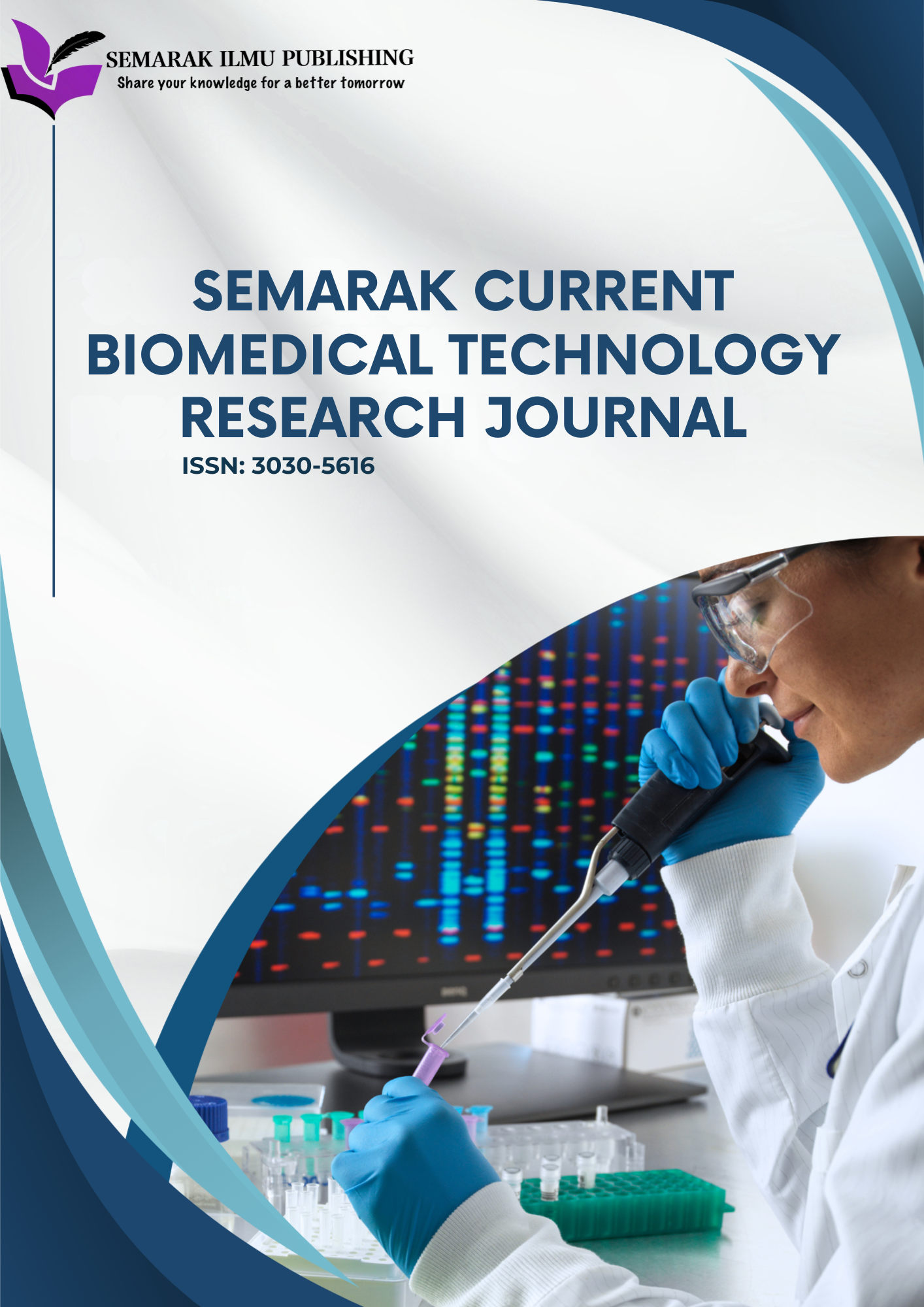A Narrative Review of Capnography Usage in Clinical Medicine
DOI:
https://doi.org/10.37934/scbtrj.1.1.1839Keywords:
Capnograph, capnometry, capnogram, capno, capnography, end-tidal carbon dioxide, carbon dioxide physiologyAbstract
Capnography is the graphical study of carbon dioxide during expiration. Capnography has evolved and is more than merely a biomedical device that is used in the emergency department and intensive care unit (ICU). There is volume based and time-based capnographs. Although end tidal CO2 (EtCO2) is the most used parameter in clinical medicine, there are an abundance of other parameters from the capnometer. The capnographic parameters could originate from specific plot points of the time- or volume-based curves, the area under the curve, or other mathematical and computationally transformed data of the CO2. Although research of capnometry since its inception has focused on the respiratory aspects of the CO2 signal with EtCO2, newer parameters could be used to monitor, diagnose, and prognose certain circulatory and metabolic disorders. In short, capnography is inevitably one of the important vital signs of modern medicine. As physiologically challenging conditions such as deep-sea diving and the now rampant space travel are becoming more common, there might be a need for familiarisation with capnogram usage. In this narrative review, we go through the physiologic, mathematical, physics and clinical aspects of capnography.
Downloads













